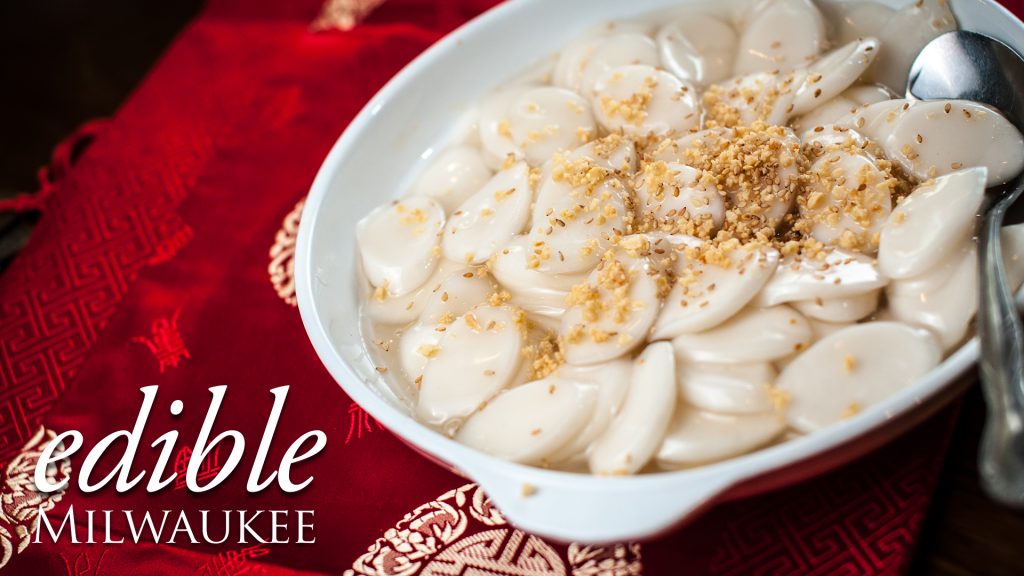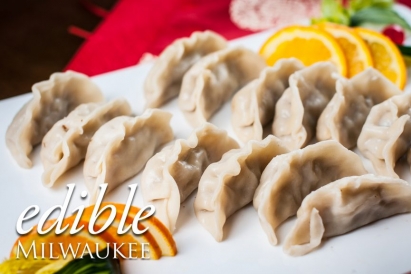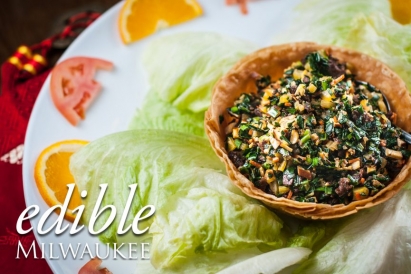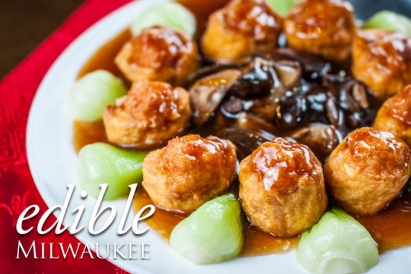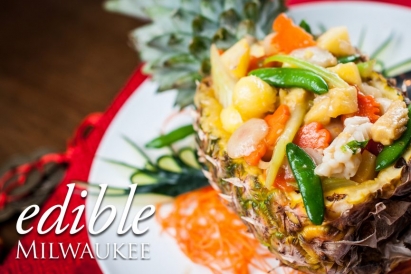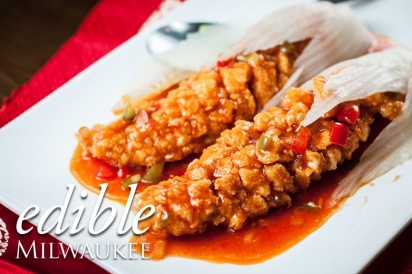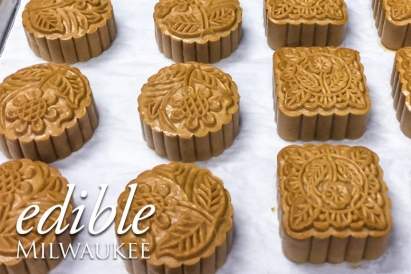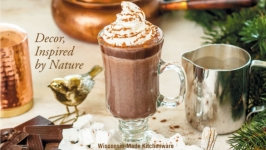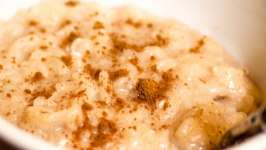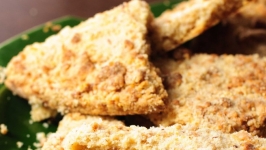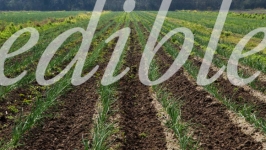Celebrating Chinese New Year
2017 ushers in the year of the Fire Rooster, and January 28 will mark the changing of the guard—out with 2016’s Fire Monkey, and in with the crow of everyone’s favorite feathered alarm clock.
Last year, we were invited to a Chinese New Year dinner at Meiji Cuisine in Waukesha and treated to an astounding spread of delectable Chinese delicacies, hospitality in abundance and a lesson in Chinese culture, to boot. Despite the fact that Meiji is a Japanese-style steakhouse, owners Cai and Amy are Fujian, hailing from China’s Southeast coast, about 500 miles south of Shanghai.
Chinese traditionally return home for the New Year festivities—these are typically the busiest travel days of the year. Nomads from around the globe come in throngs to the dense ordered chaos of Beijing and Guangzhou, and to countless villages and communities in this country of 1.4 billion. The holiday revolves around reunion, the themes of wealth, good fortune, health and ancestry. Elaborate decorations festoon even the most modest of homes, and gifts of money are exchanged in red envelopes.
Food takes center stage in welcoming in a fresh start. Join us and visually sample a few symbolic dishes.
Where Are the Moon Cakes?!
Linda Wolk, event planner for the Group for Chinese Business and Culture, helped explain moon cakes—and why they don’t play a role in Chinese New Year. “The moon cake is an important part of the Mid-Autumn Festival in China. This is a harvest festival that coincides with the full moon, usually falling between late September and early October. Moon cakes are typically filled with a sweet bean paste and might have a salted duck egg yolk hidden inside to represent the full moon.”
We talked to Xin Feng Chen from Lucky Bakery and BBQ in West Allis, one of the few Chinese Bakeries in Wisconsin, about her moon cakes. She told us to mark our calendars now, as they often sell out for the day shortly after opening, and that moon cake mavens from Chicago will drive up just for the intricate treat.


